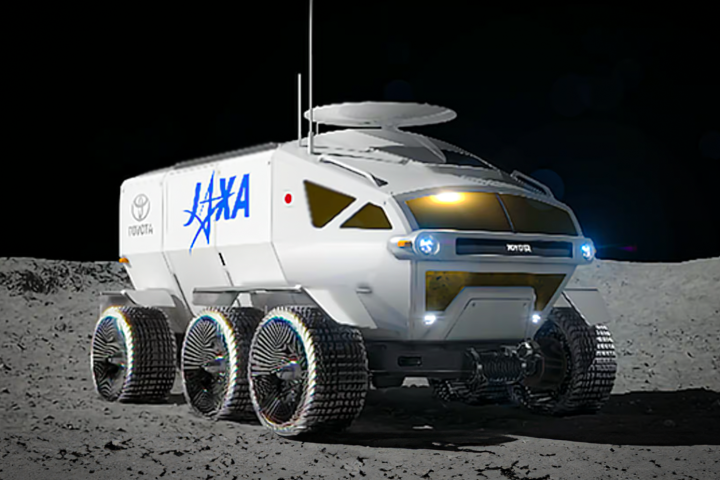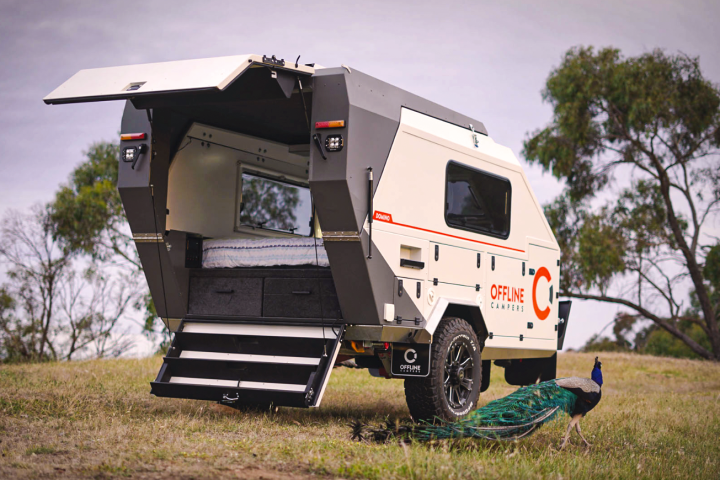Of all the many eVTOL personal flight machines we've seen lately, this one's caused the most discussion in the now-virtual New Atlas office. The work of a young Canadian company, the Atlas is a 4-rotor manned multicopter design, in which all four of its ducted rotors are inline along a single wing.
My first thought upon seeing it was "why?" Every other design places props on at least four corners, indeed sometimes even more spread out in designs like the Volocopter. That ensures it's easy to maintain stability in a hover against shifting winds, with the instant torque of the electric motors driving the props able to respond and re-balance the aircraft in fractions of a second.
On second look, though, the Watfly design might have more to it than meets the eye. It's based upon a less common drone design – the tailsitter – which could confer its own advantages. Tailsitters give you the efficiency advantages of winged flight - and some of the same control surfaces – without a lot of the complexities of many tilt-rotor designs. The whole aircraft tilts once you're up to speed, and you fly on the wing for the majority of your journey.

On the other hand, most tailsitters don't have people in them, and most people probably don't want to spend the majority of their flight pitched over on their stomachs looking straight down. So the Atlas aircraft unfixes the single-seat cabin from the wing, allowing it to rotate independently such that it can stay upright whether the wing's pointed upwards, horizontally or anywhere in between.
And there could be some advantages to that. In terms of comfort, the pitch of the cabin can stay relatively stable even if the wind's blowing the wing around a bit. Mind you, you'll still feel the roll and yaw motions, which could be significant in a hover. Indeed, perhaps in the future, the cabin can be fully gimballed to stay level on all axes.
In a short interview with Robb Report, co-founder Gonzalo Epinoza Graham laid out his expectations for the Atlas: a 285 lb (129 kg) weight thanks to carbon fiber construction, 8.2 feet (2.5 m) high with a 15-foot (4.6 m) wingspan. It'll carry a maximum of 250 lb (113 kg) at a maximum speed around 125 mph (200 km/h). Batteries "about a quarter the size of a Tesla's" will charge up in two hours, and offer 15 minutes of hovering or around an hour of flight on the wing.

Graham believes he'll have the Atlas on sale as soon as next year for around US$150,000, certified as an Ultralight by the FAA. As such, you'll be restricted as to where you can fly the thing (certainly not over urban areas) but you won't need a pilot's license. It'll have some sort of collision avoidance software, as well as some sort of parachute system, although as with nearly all current eVTOL designs, you can still kiss your butt goodbye if the Atlas fails below the minimum height from which the parachute can save it.
The Ontario-based team has built and flown a number of decent-sized unmanned tailsitter prototypes, but is yet to get a version built with the rotating cabin on board. Extremely weird at first glance, this thing may have its merits and we'll keep an eye on the Watfly team to see how things develop.
Source: Watfly via Robb Report












